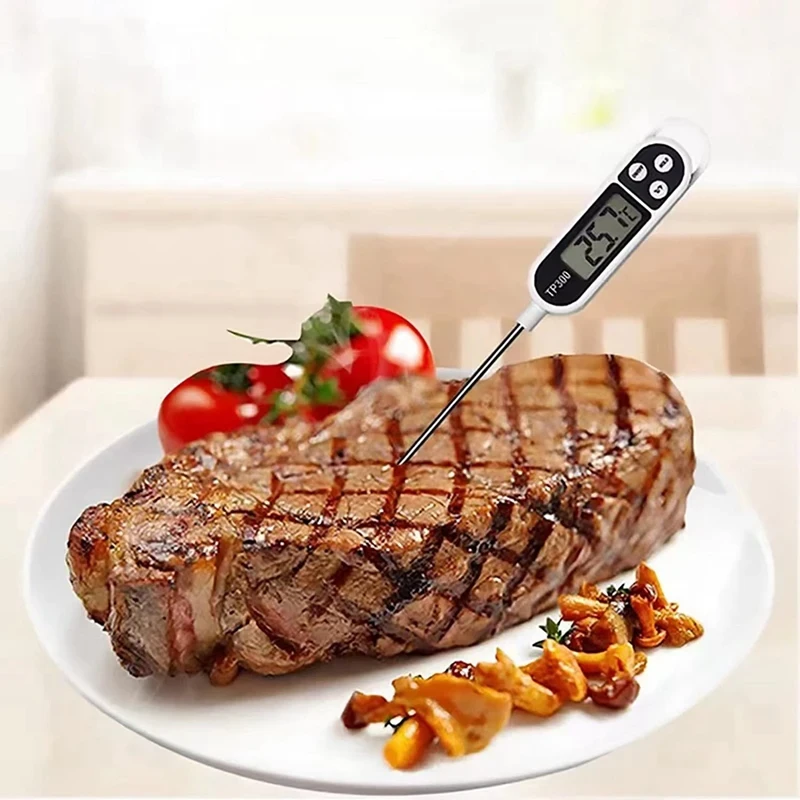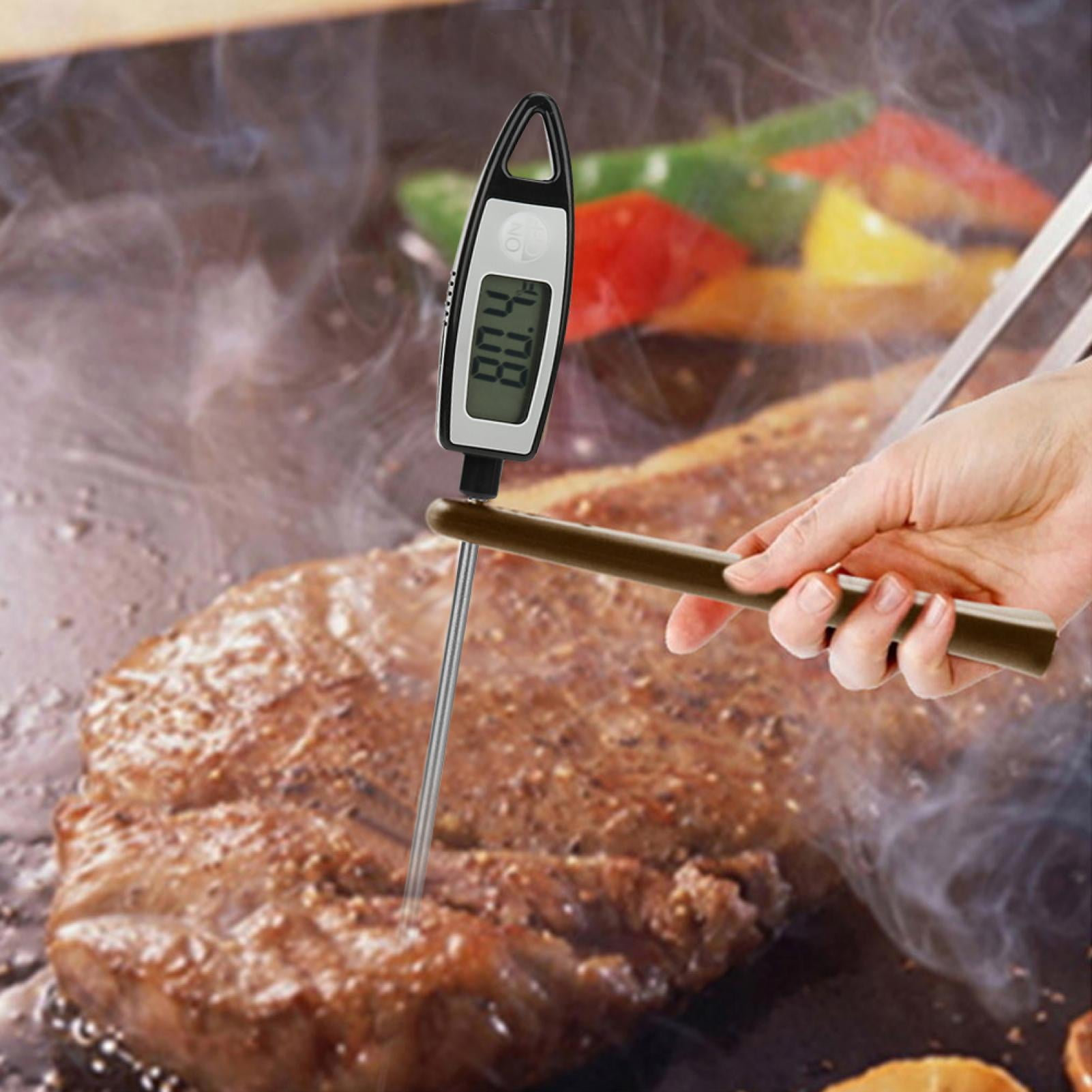Errore nel formato dell'e-mail
emailCannotEmpty
emailDoesExist
pwdLetterLimtTip
inconsistentPwd
pwdLetterLimtTip
inconsistentPwd


Mastering the Perfect Roast: How to Use a Meat Thermometer for Roast Beef and Pork
Cooking a roast to perfection is a culinary achievement that many aspire to, whether it’s a succulent roast beef for a Sunday dinner or a tender pork roast for a festive occasion. One of the most reliable tools to ensure your roast is cooked to perfection is a meat thermometer. In this blog post, we’ll explore how to use a meat thermometer for pork roast and roast beef, ensuring that you achieve the ideal doneness every time.
The Basics of Using a Meat Thermometer
Before diving into the specifics of pork and beef, let’s cover the basics of how to use a meat thermometer in a roast. The process is simple: insert the thermometer into the thickest part of the roast, making sure it doesn’t touch bone or fat, which can give misleading readings. The thermometer will provide the internal temperature of the meat, which is the most accurate indicator of doneness.
How to Use Meat Thermometer Roast Beef
Roast beef is a classic dish that’s all about the right temperature. To use a meat thermometer for roast beef, first preheat your oven to the appropriate temperature for the cut and size of your beef. As your roast cooks, begin checking the temperature toward the end of the estimated cooking time. Insert the meat thermometer into the center of the roast, avoiding fat and bone. For roast beef, the USDA recommends a minimum internal temperature of 145°F (63°C) for medium-rare. If you prefer medium, aim for 160°F (71°C), and for well-done, wait until it reaches 170°F (77°C).
How to Use a Meat Thermometer for Pork Roast
Pork roast requires a slightly different approach. When learning how to use a meat thermometer for pork roast, it’s important to note that pork can be enjoyed at a lower temperature than in the past. The USDA has updated its guidelines, and now pork is considered safe to eat at an internal temperature of 145°F (63°C), followed by a three-minute rest time. This will yield a juicy and slightly pink center. Insert the thermometer into the thickest part of the pork, avoiding the bone, and wait for the temperature to stabilize before reading.
Tips for Accurate Temperature Readings
To ensure you’re getting an accurate reading when using your meat thermometer, follow these tips:
Always insert the thermometer into the thickest part of the roast, away from bone, fat, or gristle.
Use an instant-read thermometer for quick and precise readings.
For larger roasts, check the temperature in several places to ensure even cooking.
Remember to remove the roast from the oven a few degrees before it reaches the desired temperature, as it will continue to cook while resting.
Resting Your Roast
Understanding how to use a meat thermometer for roast beef and pork also involves mastering the art of resting the meat. After reaching the desired internal temperature, remove the roast from the oven and let it rest. This allows the juices to redistribute throughout the meat, resulting in a more tender and flavorful roast. Typically, a rest time of 10-20 minutes is recommended, depending on the size of the roast.
Conclusion
Knowing how to use a meat thermometer for pork roast and roast beef is essential for any home cook looking to impress with their roasting skills. By following these guidelines, you can ensure that your roasts are cooked safely and to your preferred level of doneness. A meat thermometer is a small investment that pays off by taking the guesswork out of cooking and leading to consistently delicious results. So, the next time you’re preparing a roast, remember these tips and enjoy the confidence that comes with perfectly cooked meat.

